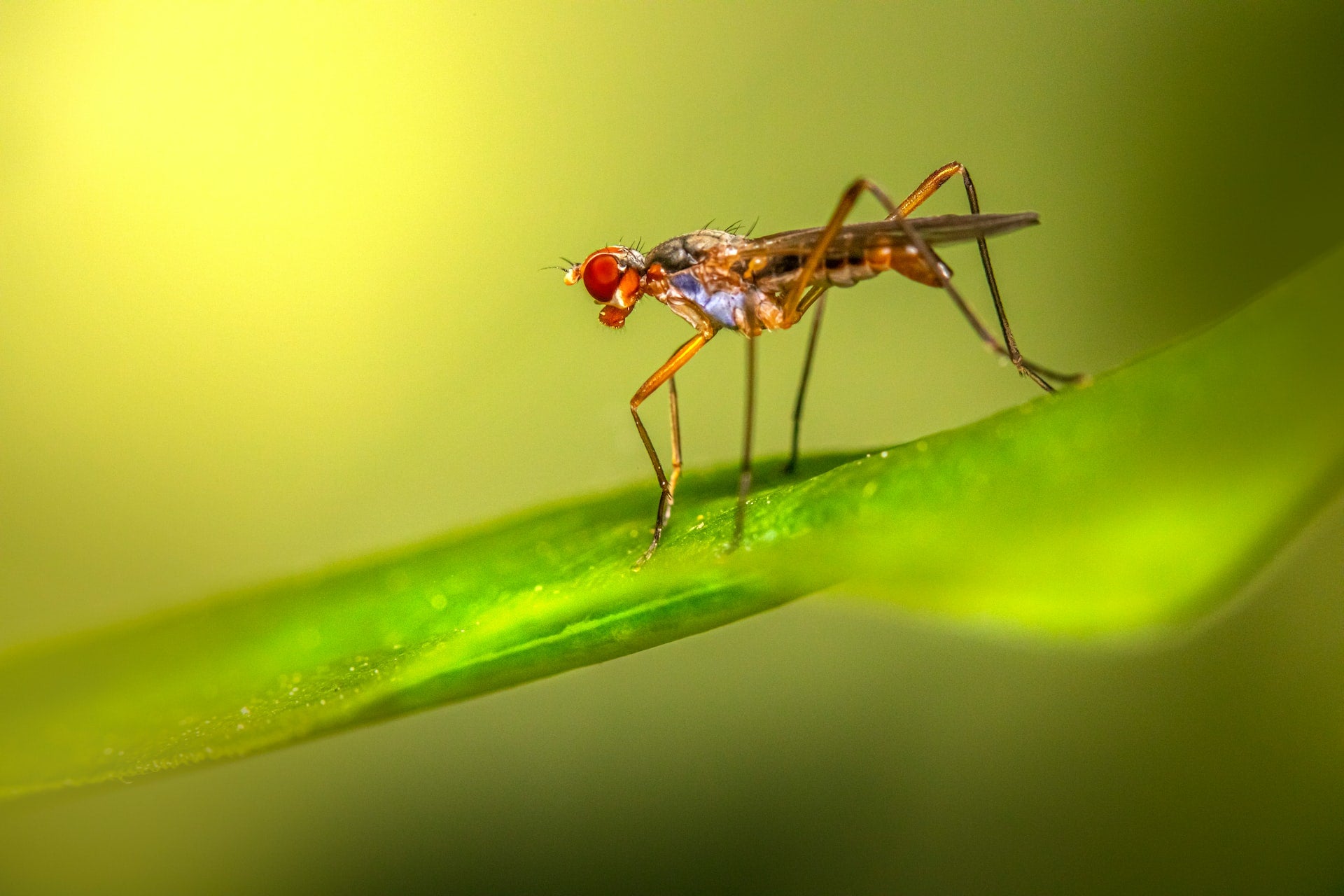How do I Get Rid of Flies (Fungus Gnats) in My Houseplant?
Purchasing a houseplant can feel really exciting! Whether you are purchasing your first indoor plant or adding to your houseplant sanctuary. Its beautiful foliage, shape and vibrant colours can transform any room. Unfortunately, our love and admiration for our beautiful houseplants can be spoilt by tiny flies such as fungus gnats and fruit flies. This often leaves us, and your houseplant frustrated. How to get rid of plant flies is easy when you know how with Happy Houseplants blog.

Fungus gnats are small flies that live in the soil of your indoor plant and fly around your houseplant. The unfortunate nature is these tiny insects feed on plants outside so finding plants inside our homes will attract them. The type of pests you have can depend on the houseplant you grow; however, the good news is you can get rid of them.
First you must identify what type of pests you are having troubles with. Most common pests are small black flies called fungus gnats which are often mistaken for fruit flies. The differences here are fungus gnats live in plants such as succulents that have moist soil whereas fruit flies live near fruit particularly decaying fruit. These can be damaging for your plant as they lay eggs in the soil of your plant.

1. Add dry soil or water less
As the majority of fungus gnats flies enjoy living in moist soil, adding a thick level of dry soil on the top of the houseplants bedding will allows the soil underneath to dry out naturally, driving the fungus gnats away. It must be noted that although you may drive away the flies, leaving your houseplant without water for a period can damage it. Cacti as an example will be able to withstand dry soil but other indoor plant species may not.
Another option is watering less often. As fungus gnats need a damp compost to survive, watering the plant less and allow the soil to become dry out in between watering will create uncomfortable living conditions, driving the fungus gnats away.
2. Insert Gravel Mulch get rid of flies on house plants
The majority of composts have been sterilised, which is great news as they will not contain fungus gnats’ larvae. Happy Houseplants recommends that you cover the top layer of compost with a thin layer of gravel mulch or pebbles. We recommend this because it will prevent flies from laying eggs in your houseplant.
3. Consider Sticky Traps
Using fly sticky traps can help get rid of small black flies on indoor plants by trapping the adult fungus gnats, preventing them from laying eggs and breaking the lifecycle. Hang the sticky trap on or near your affected houseplant and ensure it is on soil level. You can purchase fly sticky tape online or make your own. Using a card, yellow highlighter, wooden stick, and Vaseline, highlight the stick which will attract the flies and the Vaseline will trap the fungus gnats, breaking their lifecycle.
4. Insecticidal Soap/Spray can help get ride of small flies on indoor plants
If you are having no luck removing pests or small black flies on your indoor plants with the above methods, a common solution is using insecticidal soap or spray also known as horticultural soap. You can make the soap yourself or you have purchase options online or at your local garden centre. Once you have your horticultural soap, simply apply, or spray the houseplant leaves and around the plant later in the day once the sun is down to avoid your houseplant becoming sunburnt. This should help deter those pests.
5. Use Neem Oil to get rid of house plant flies
One of the most effective and natural ways to remove pests, especially fungus gnats, consider using neem oil. Happy Houseplants always recommends natural remedies and neem oil from the neem tree is a great option for getting rid of pests. Simply dilute the oil with water to create a solution, and water your plant and even spray the leaves of your houseplant too. Tip – When trying to eliminate whiteflies, spray the solution underneath of the leaves.
6. Repot your Houseplants to get rid of little flies on plants
If all else fails or the sticky traps are trapping loads of insects, the best cause of action is sanitising your plant by removing contaminated soil that has many eggs embedded in the soil and repotting your houseplant in new and fresh soil without disturbing the roots. We have a guide on repotting your houseplant for further guidance.
You have successfully taken the necessary steps to get rid of houseplant flies, congratulations! Removing these critters is a great step to increase the lifespan of our beloved houseplants.
If you want to know more about how Do I Get Rid of Common Houseplant Pests like Gnats, Mealybugs, Whiteflies or Spider Mites please check out our guide here.
For more cool inspiration, indoor plant ideas and advice, head over to our blog page. Happy Houseplants, creating living spaces since 2018. RHS Chelsea Gold medal Winning Houseplants delivered to your door.
The Houseplant Clinic at RHS Chelsea











Repotted, stones, and plain old packaging tape, they got stuck, haven’t seen new ones…thank you
Will try the chips and vaseling trap – it has worked for others – so am sure it will for me!
Thank you for useful information, simply explained. I’m going to try the stones along with my existing sticky pads.
Excellent in depth information they are soo annoying
thanks for information will try your tips
Leave a comment